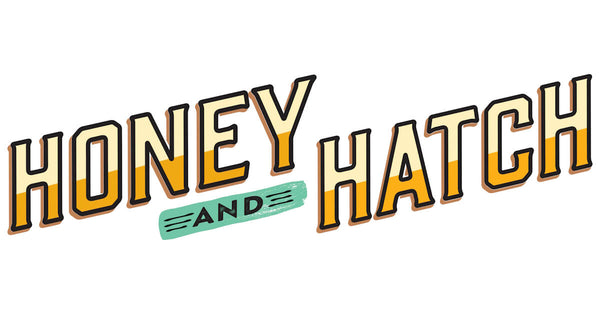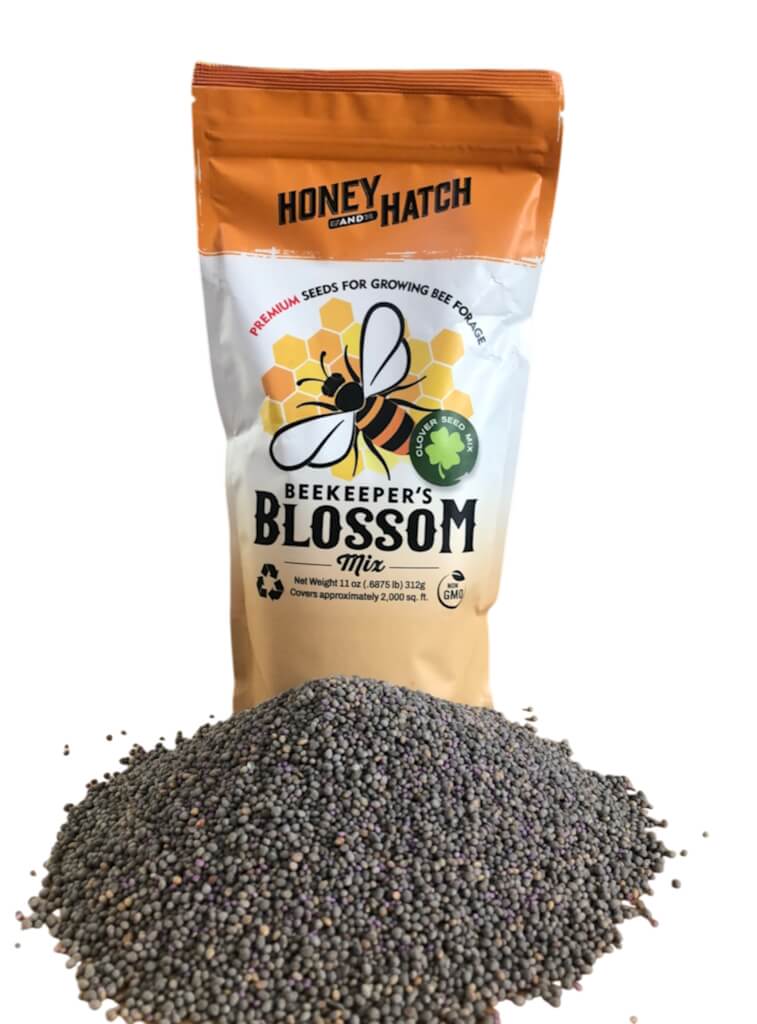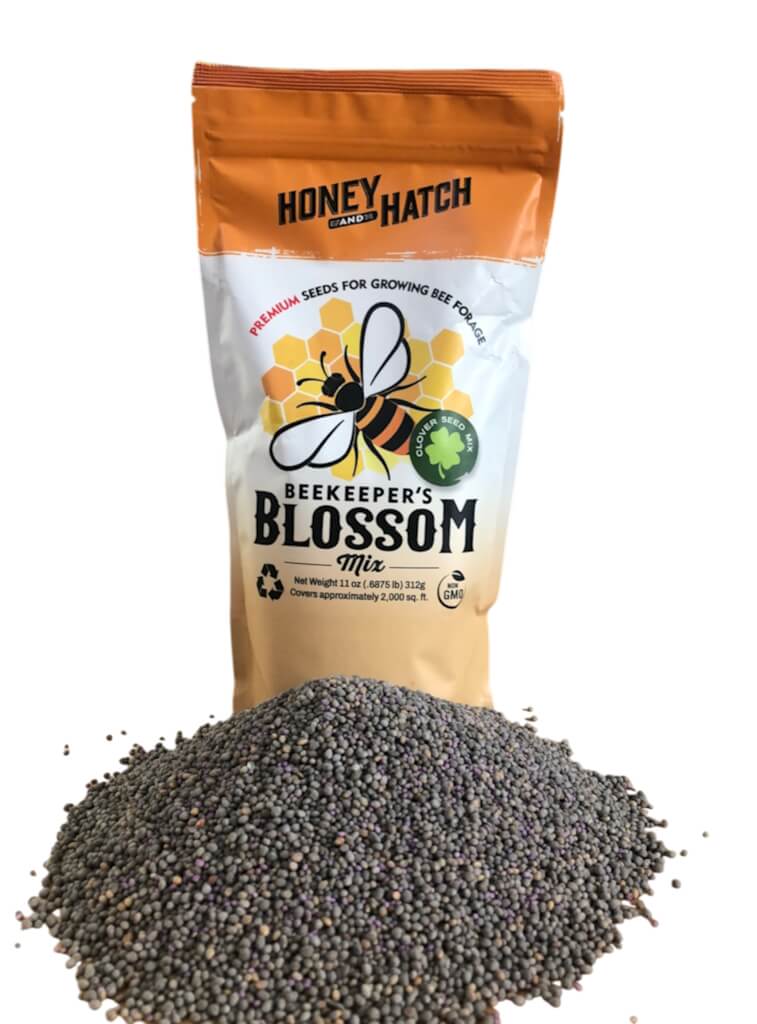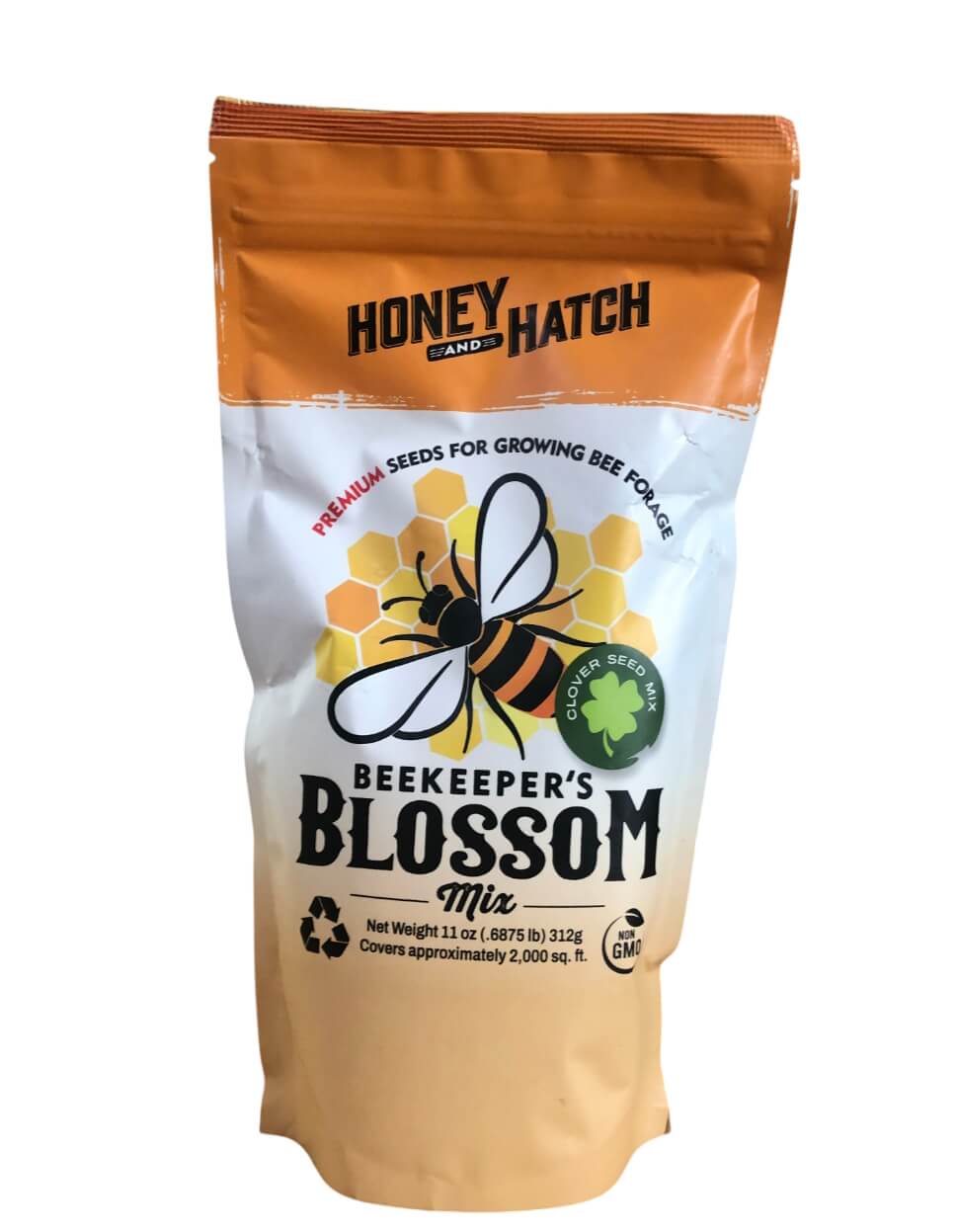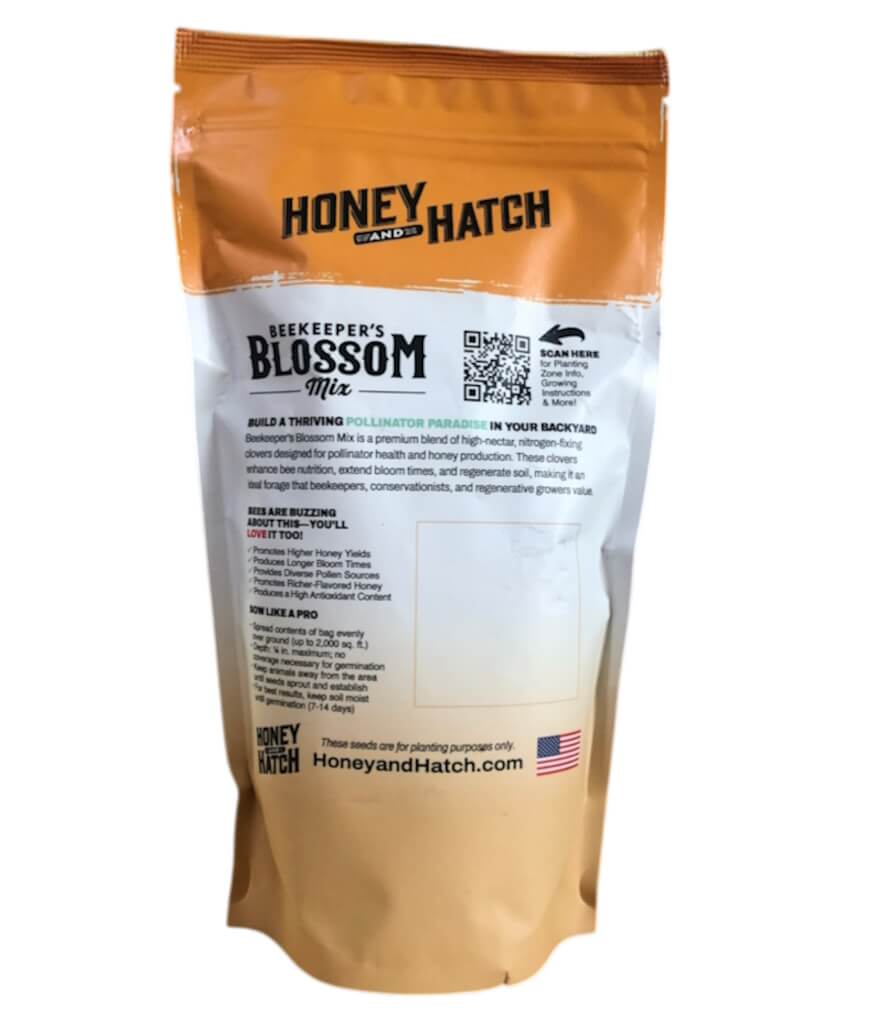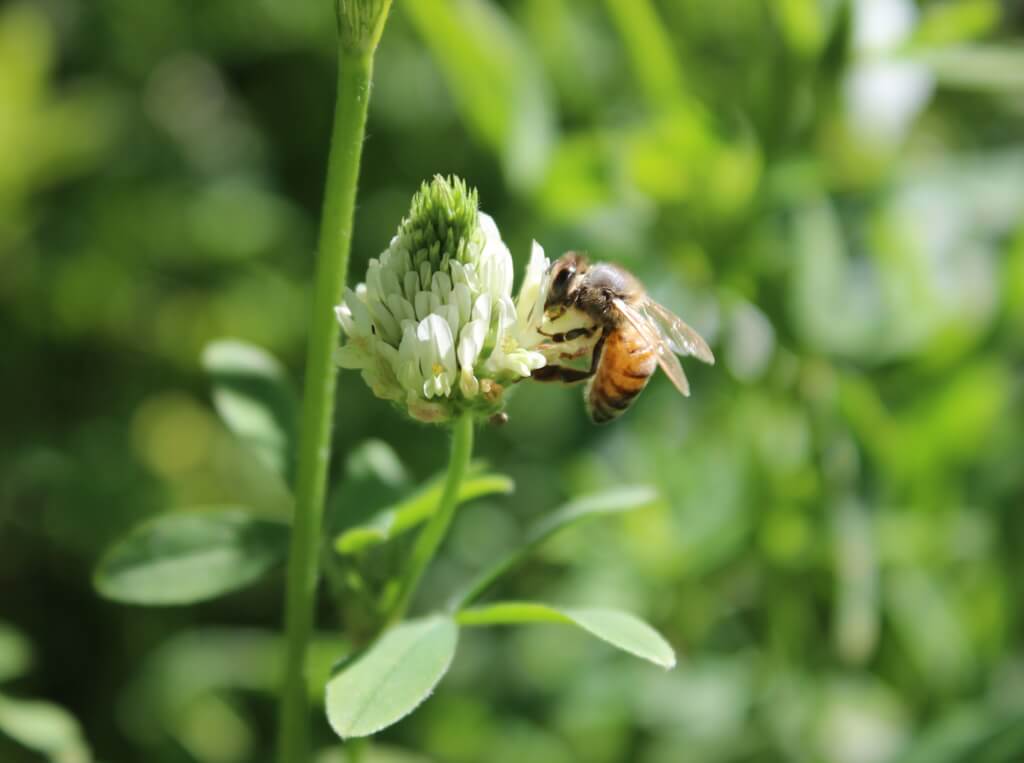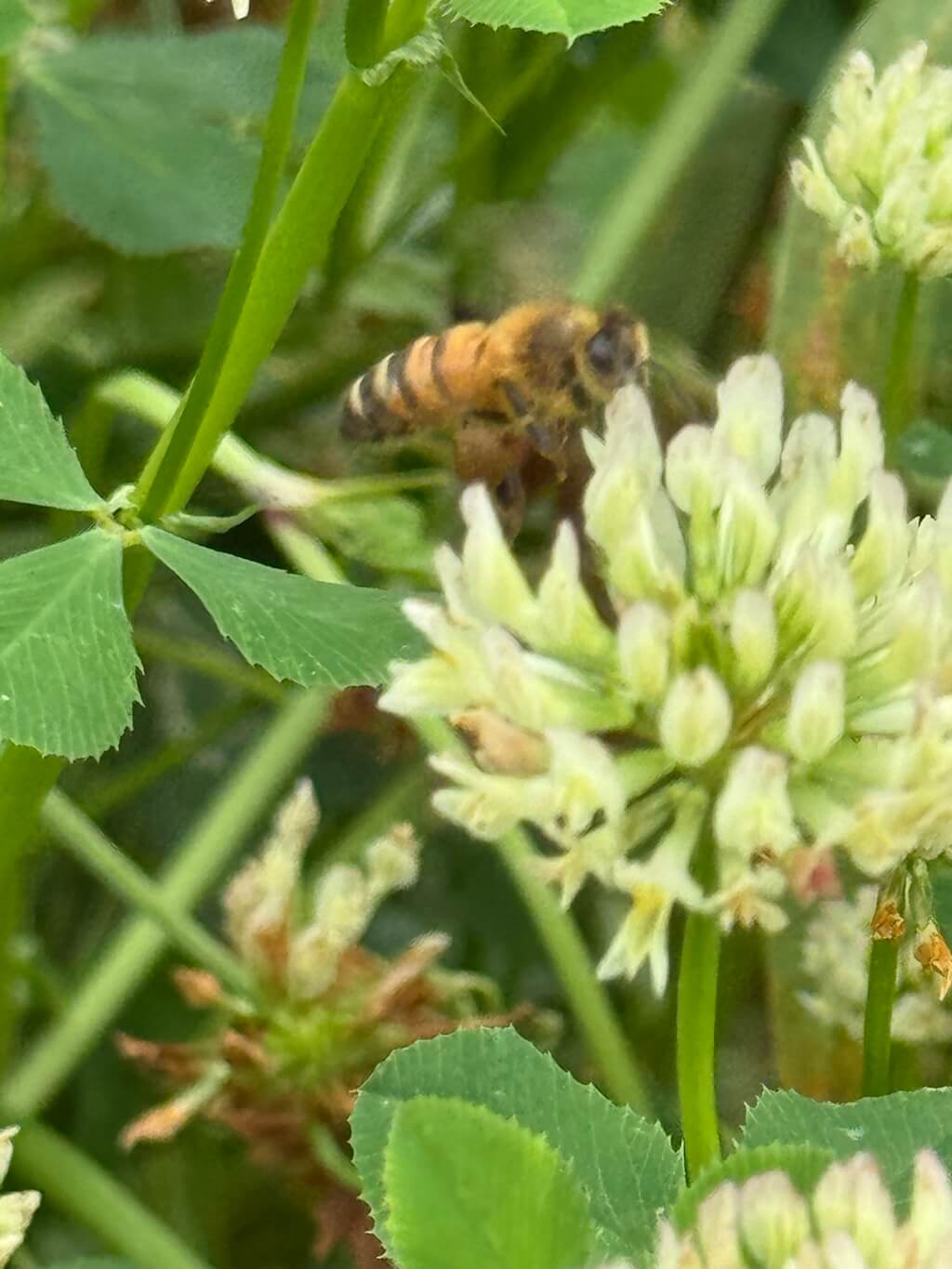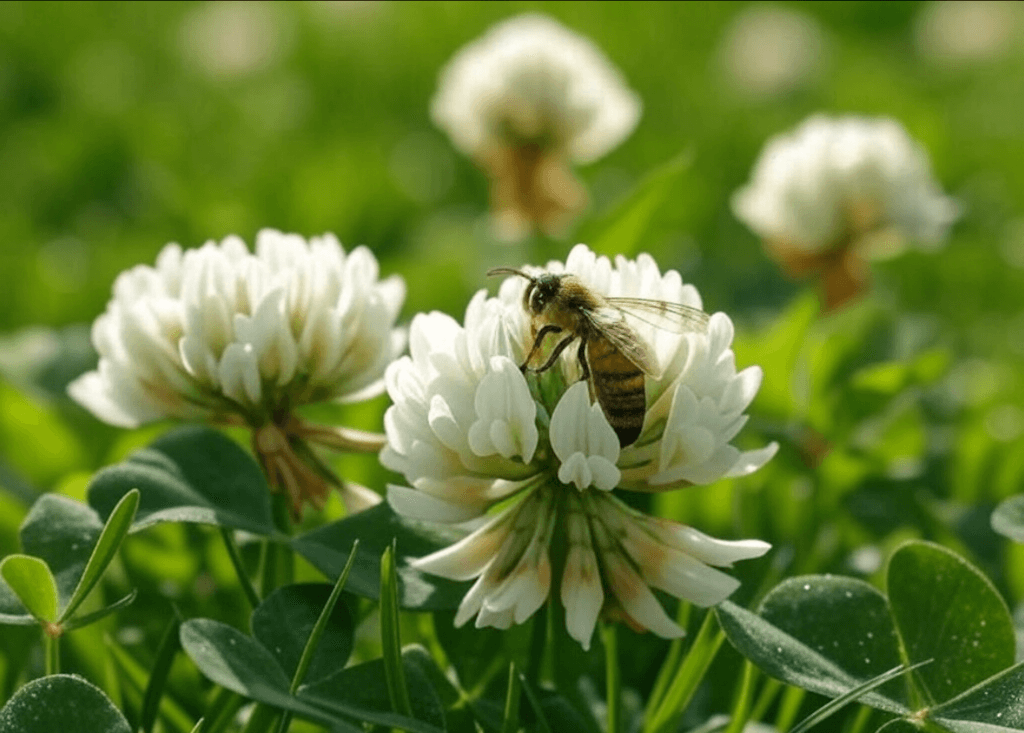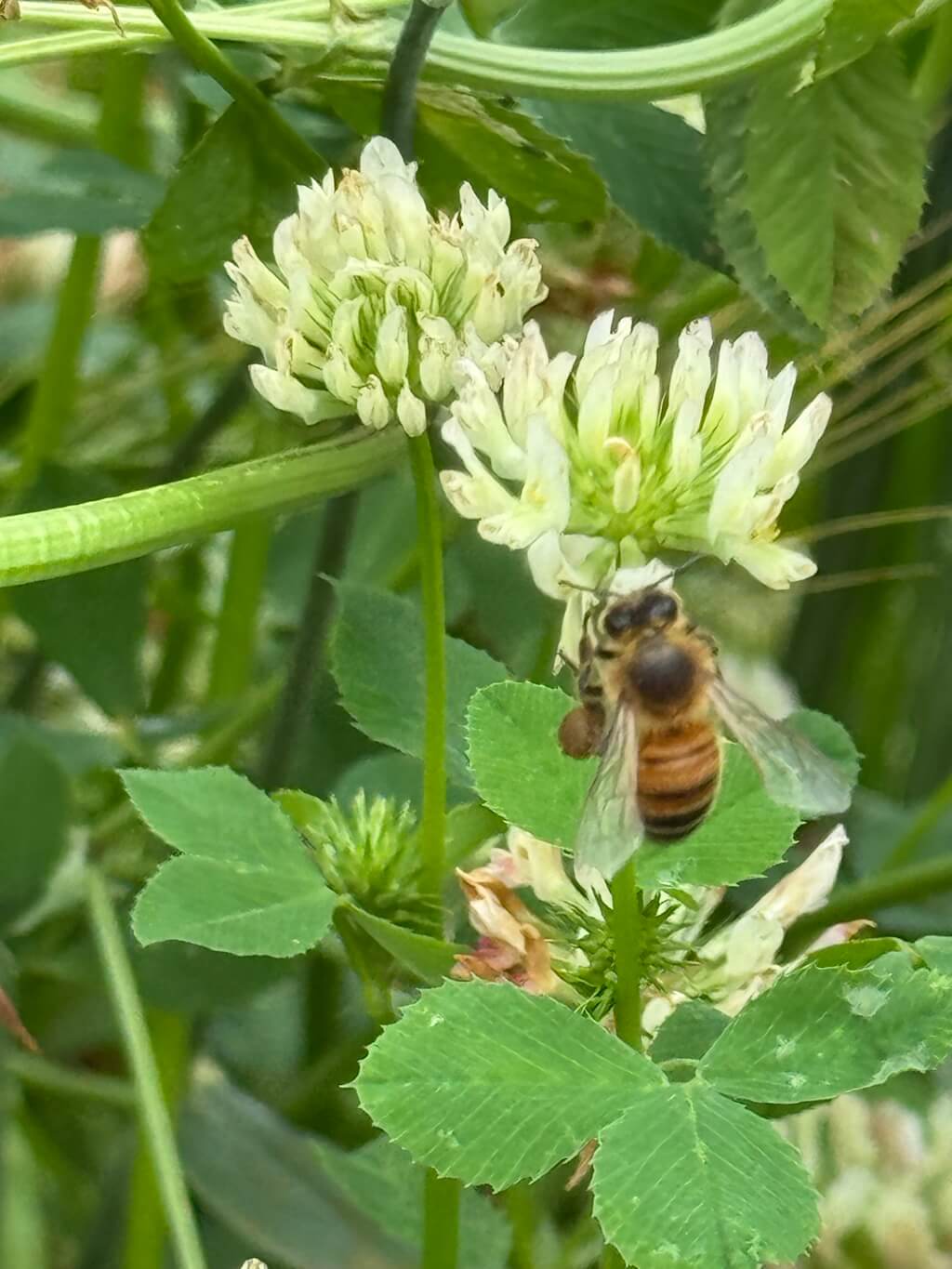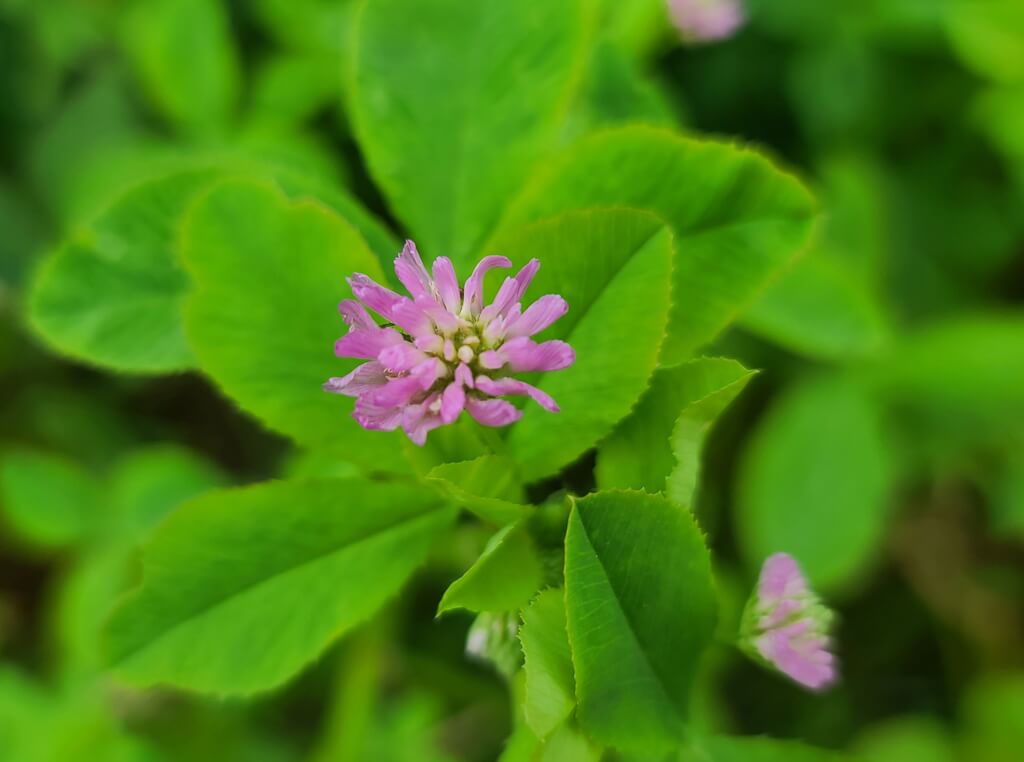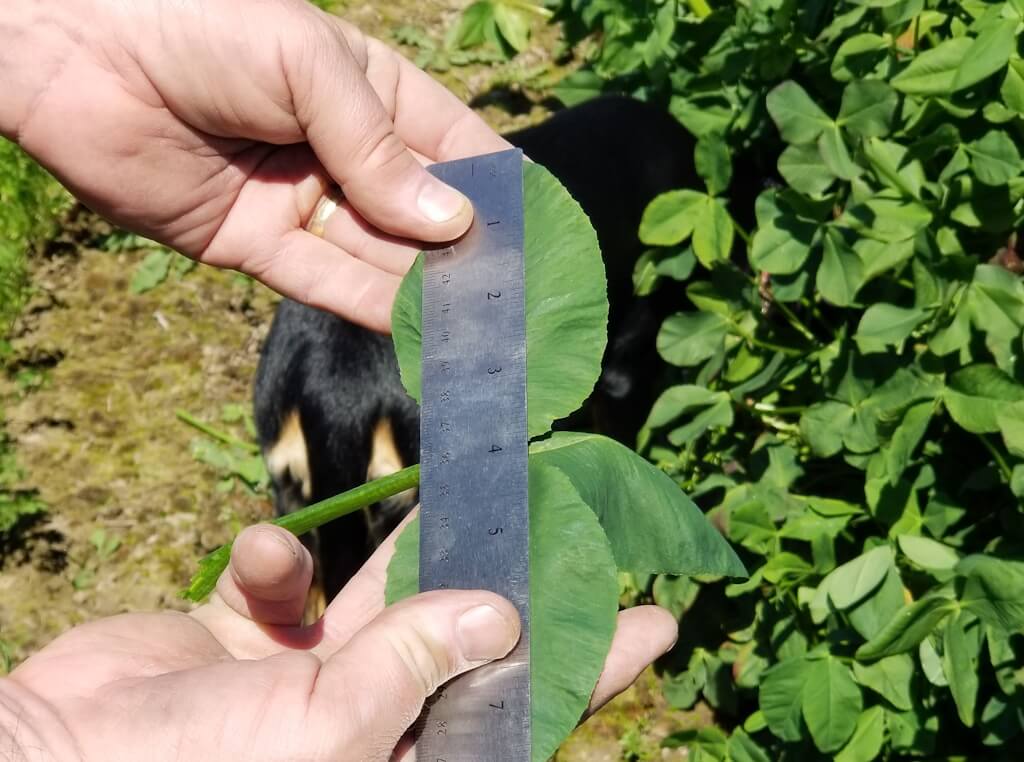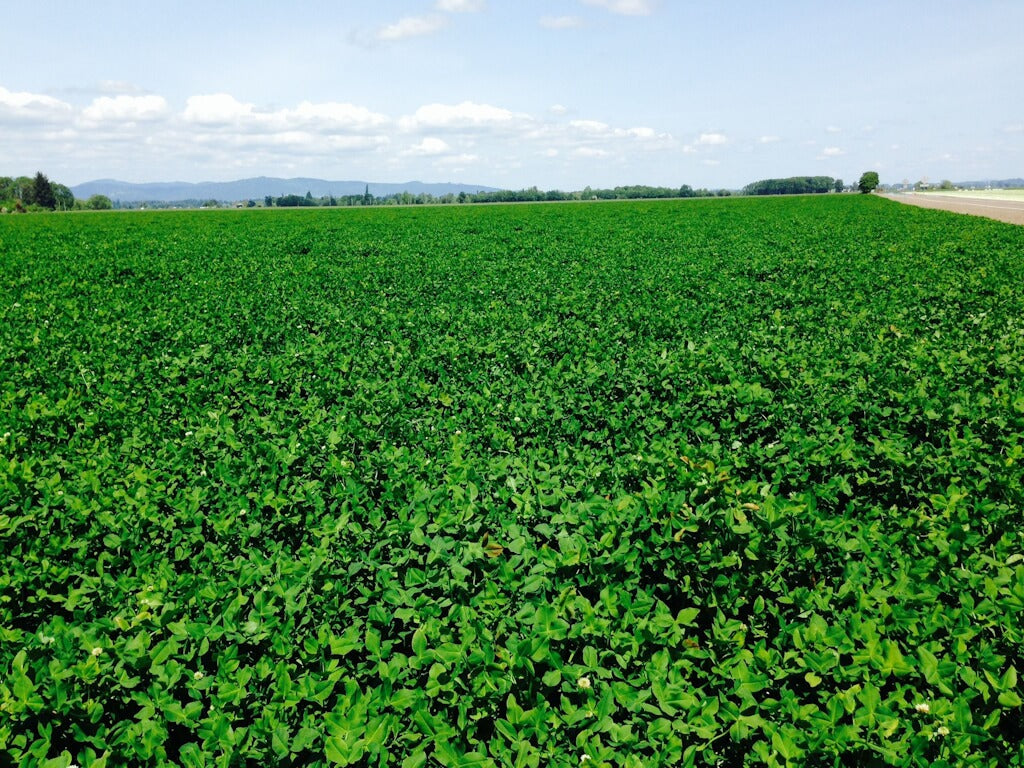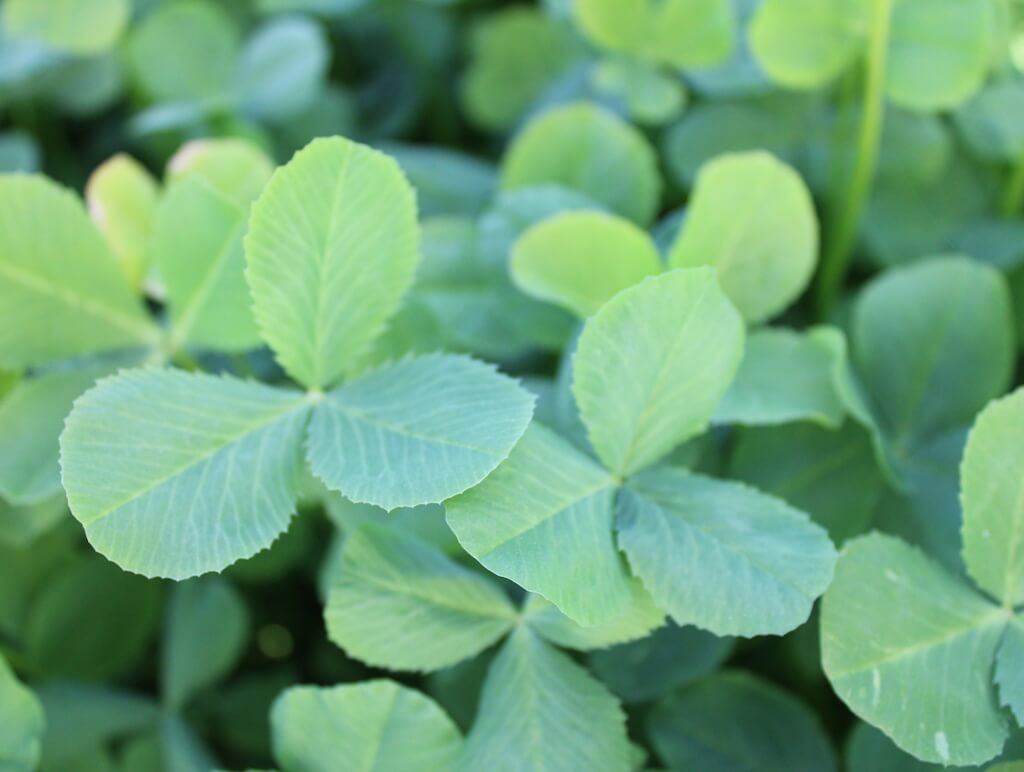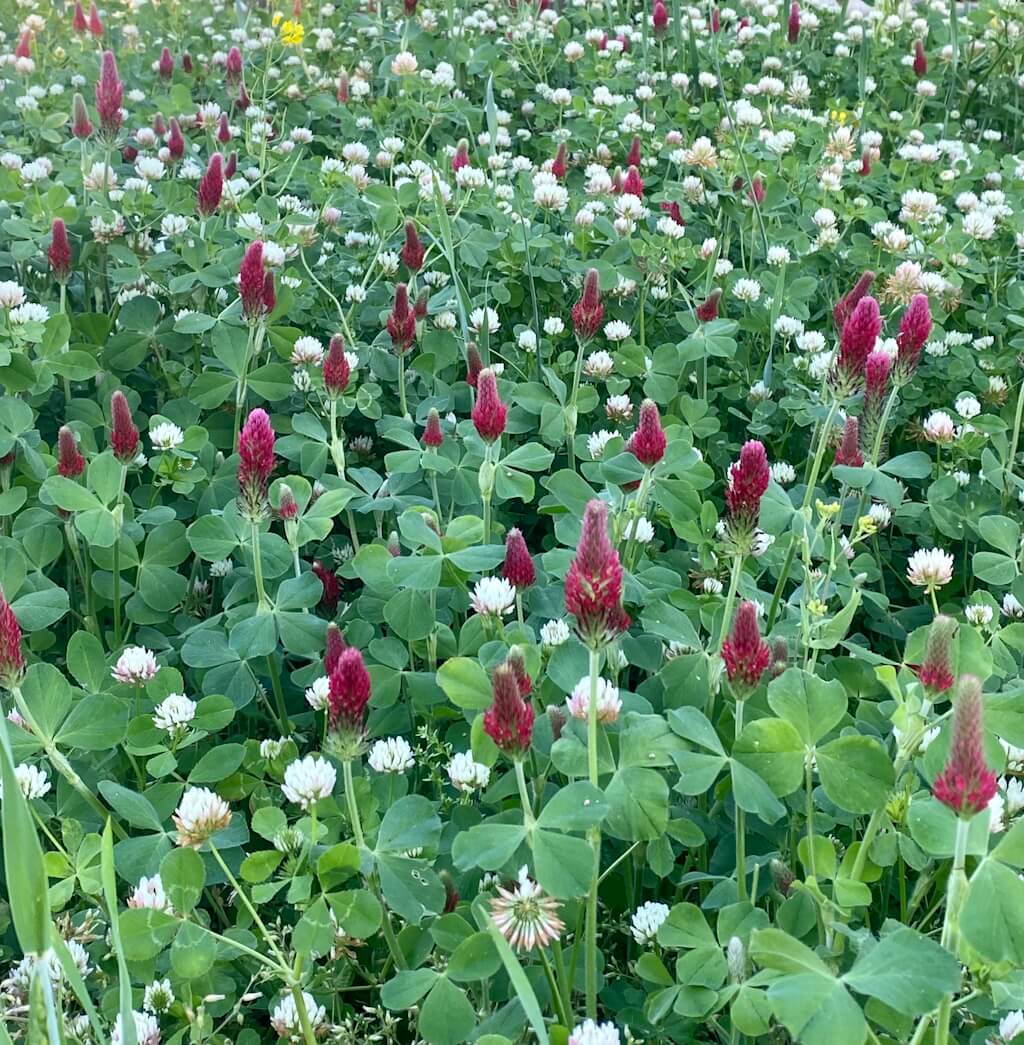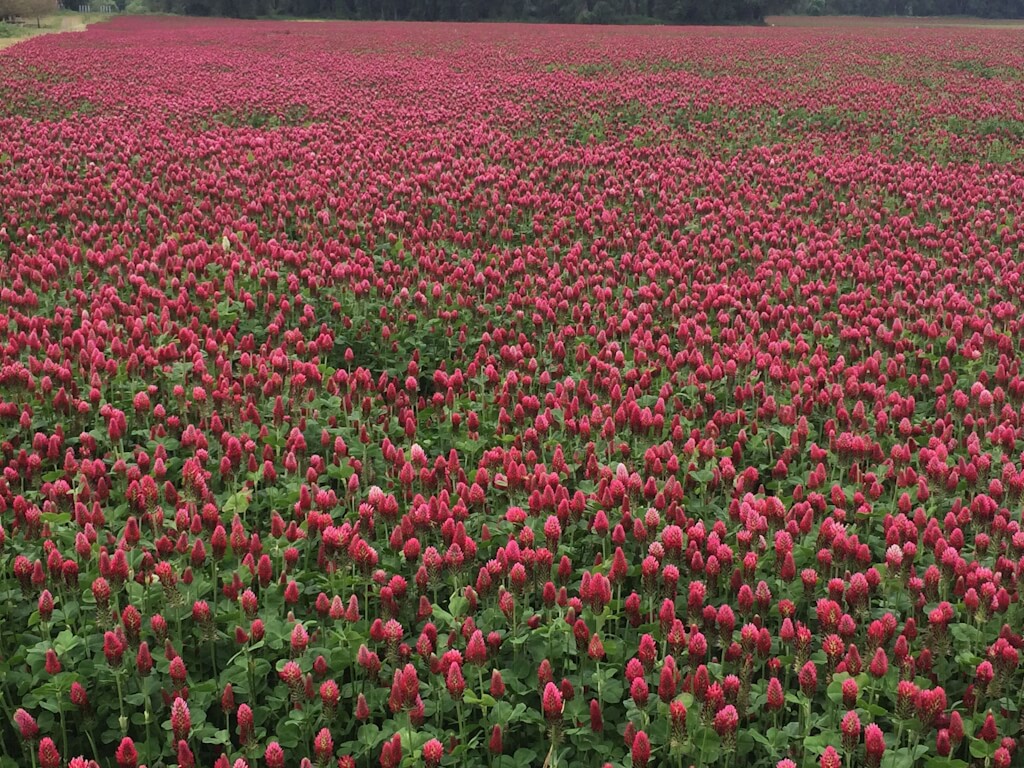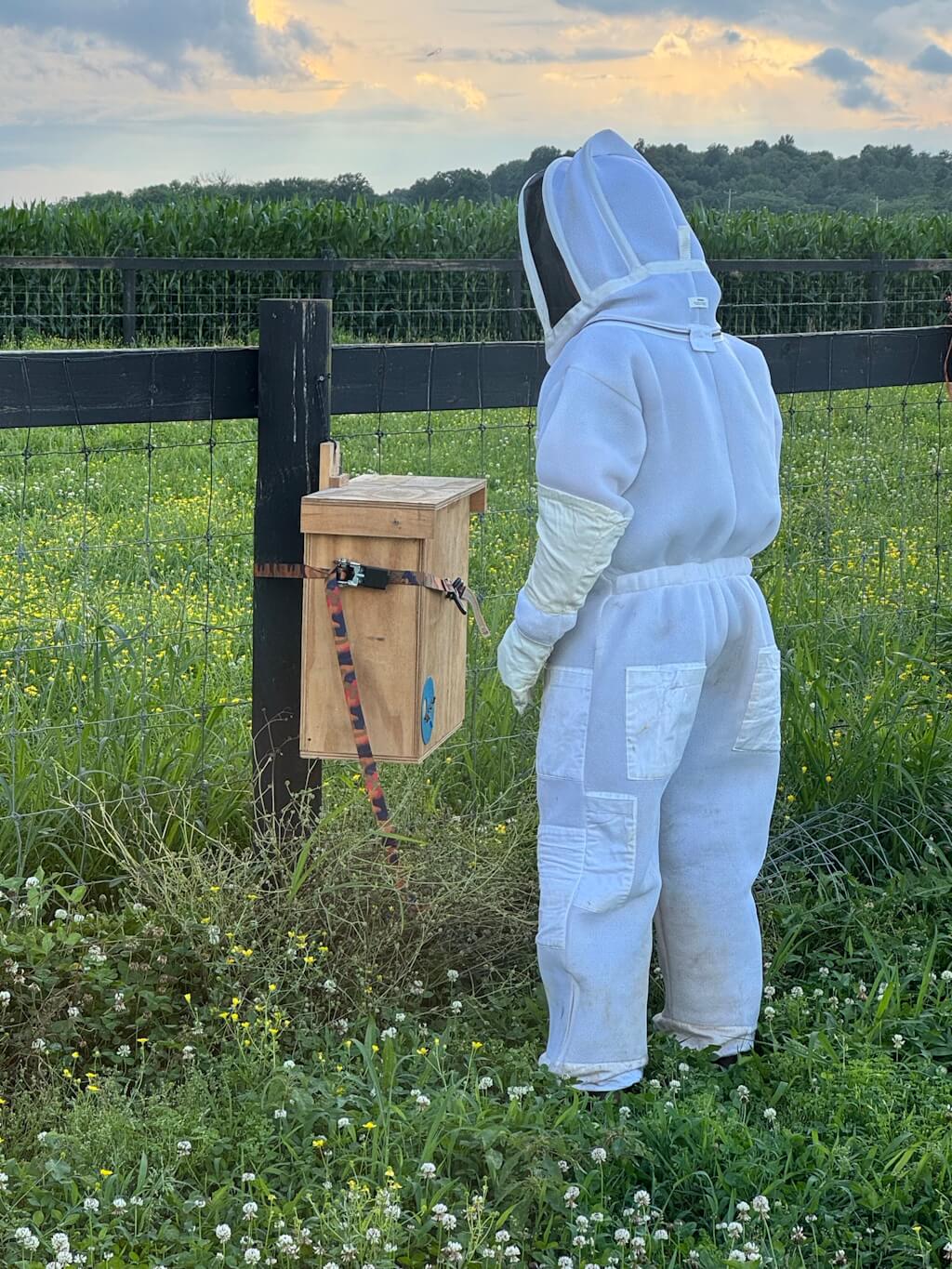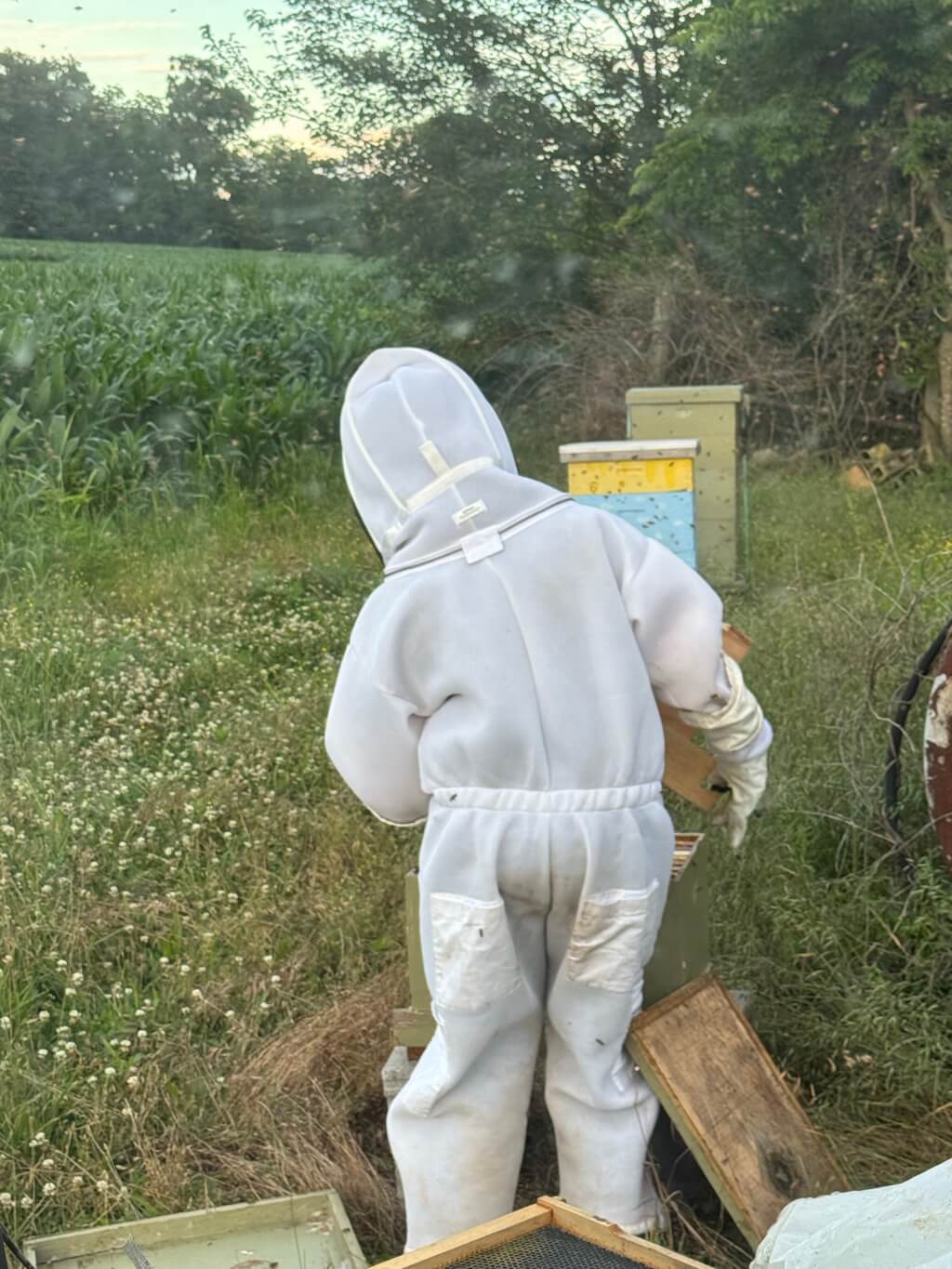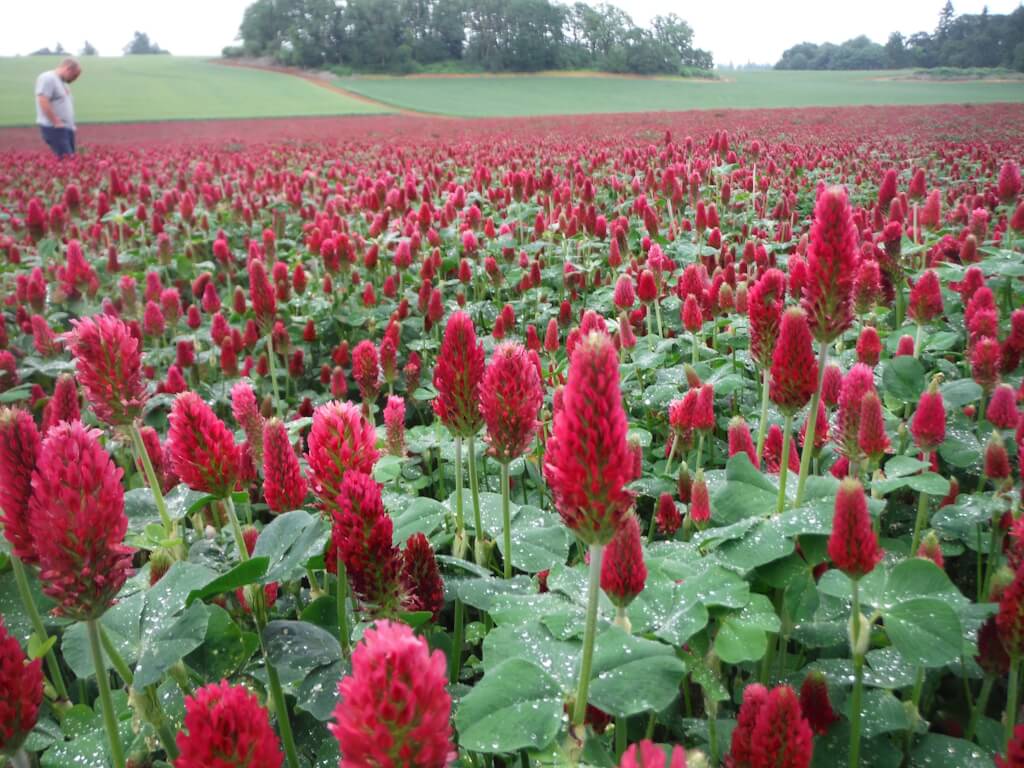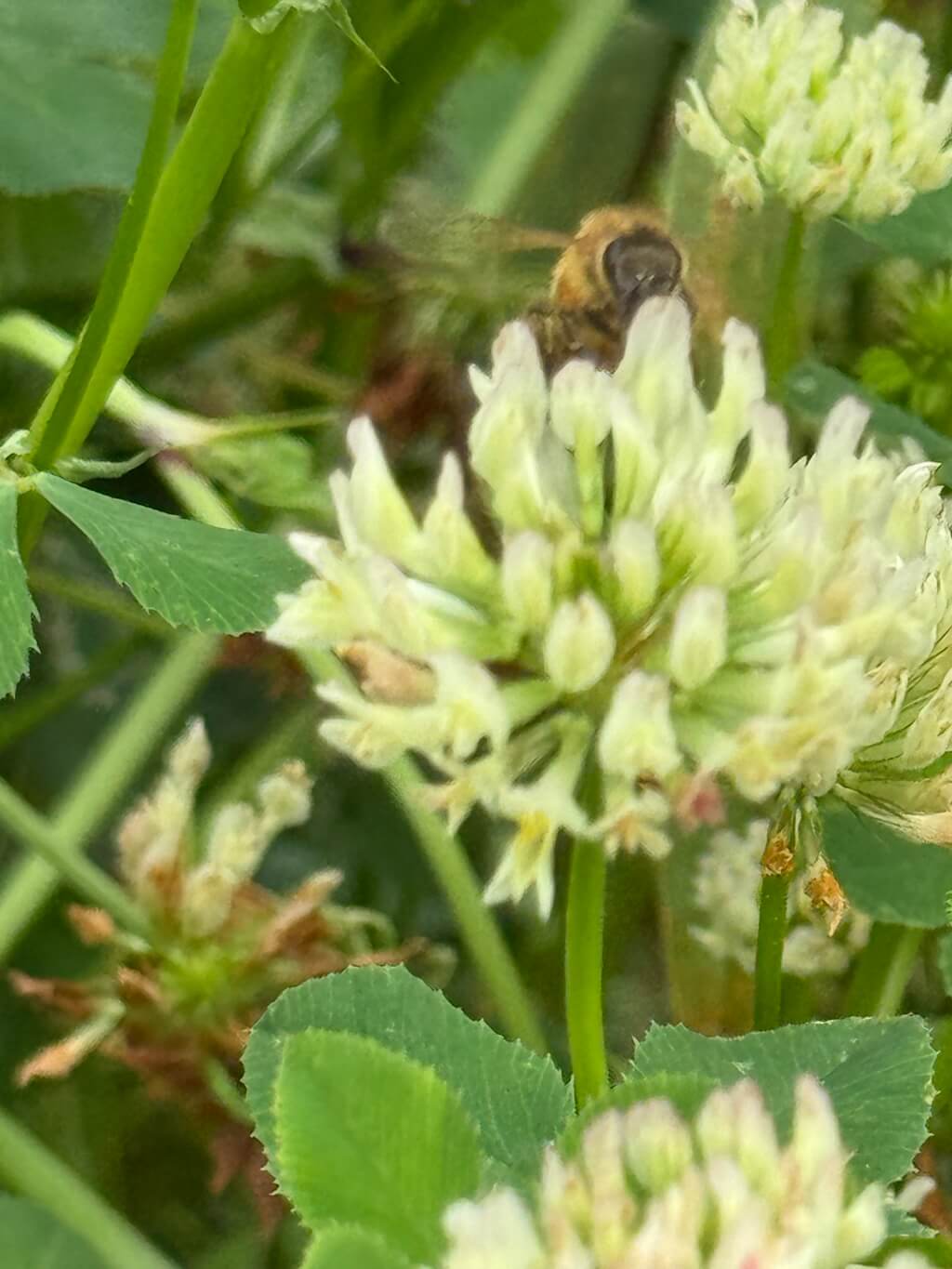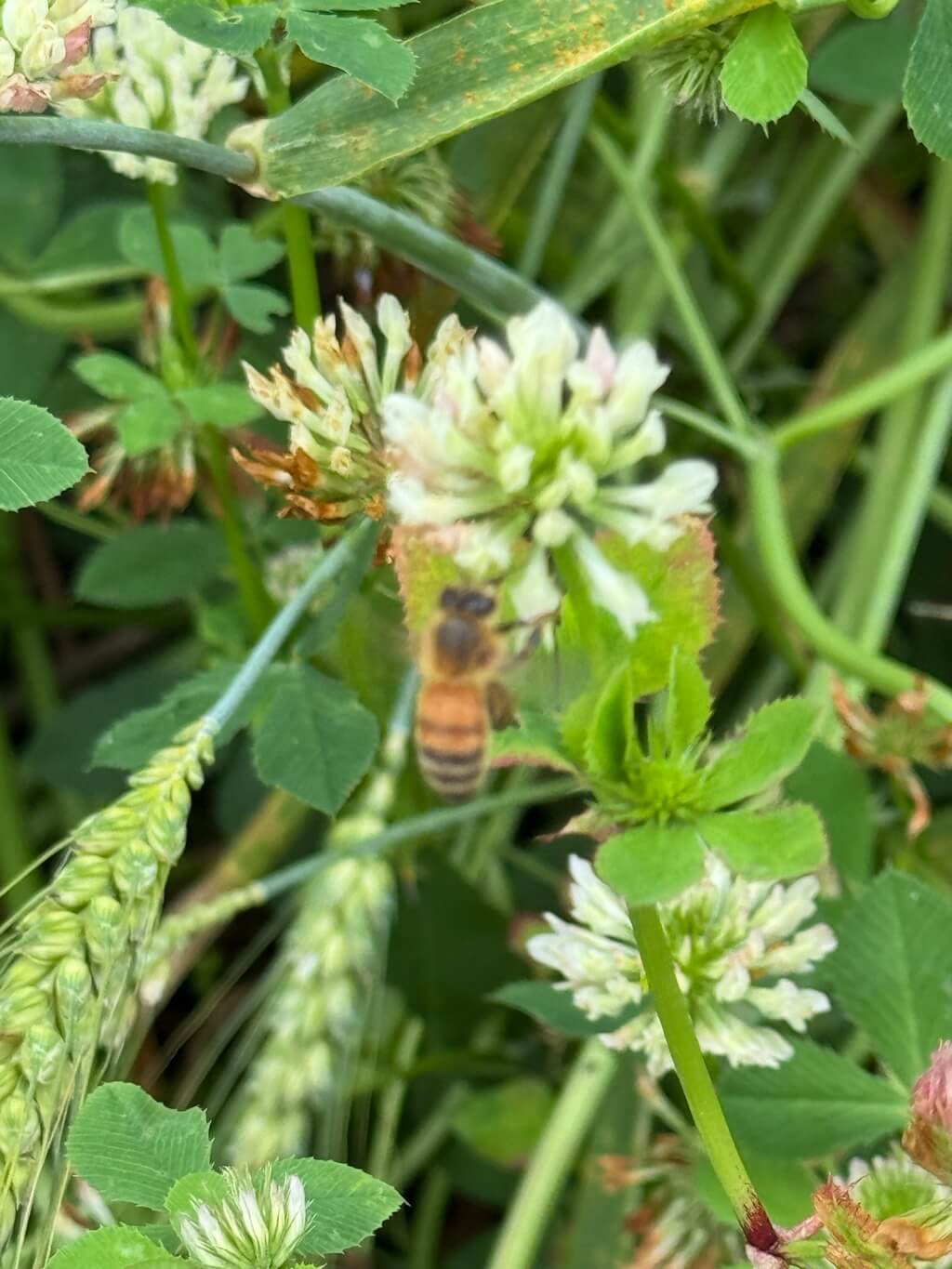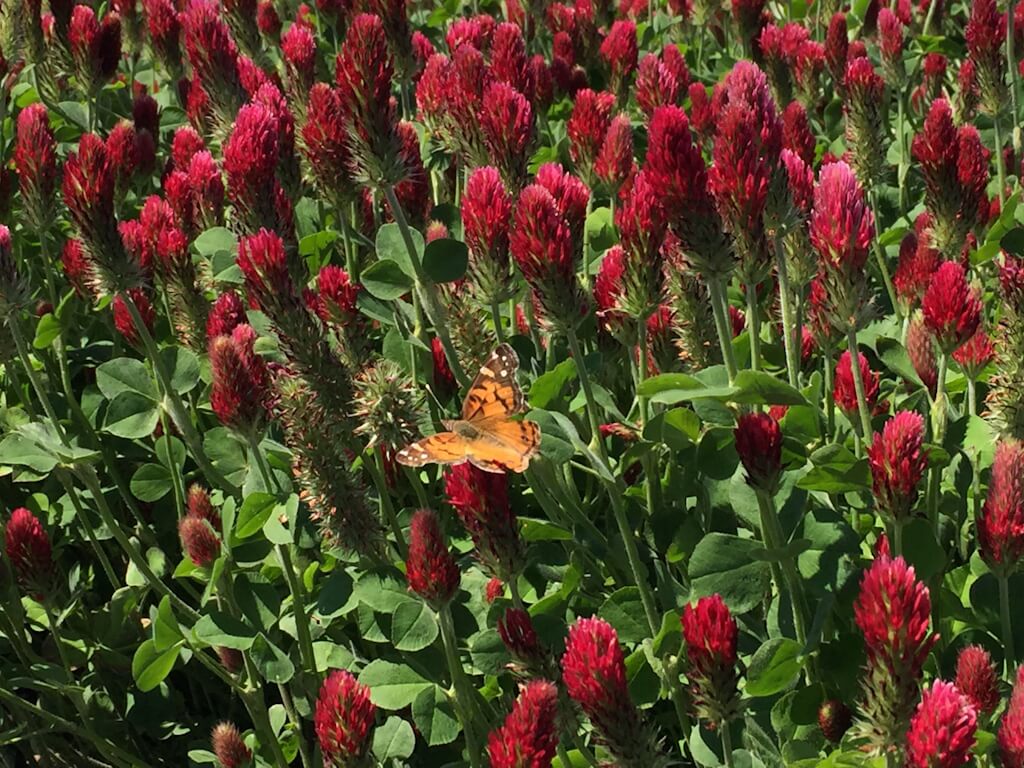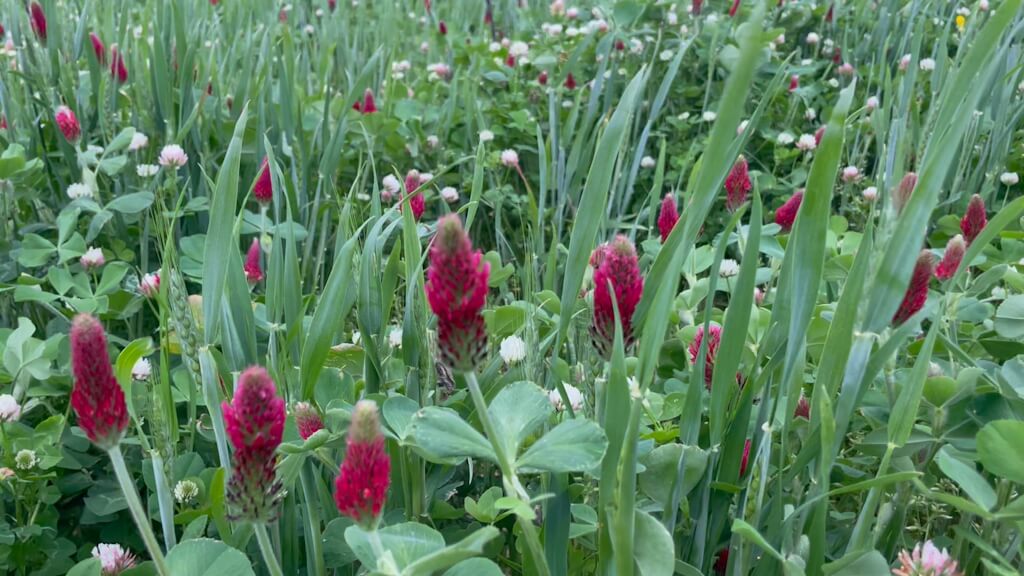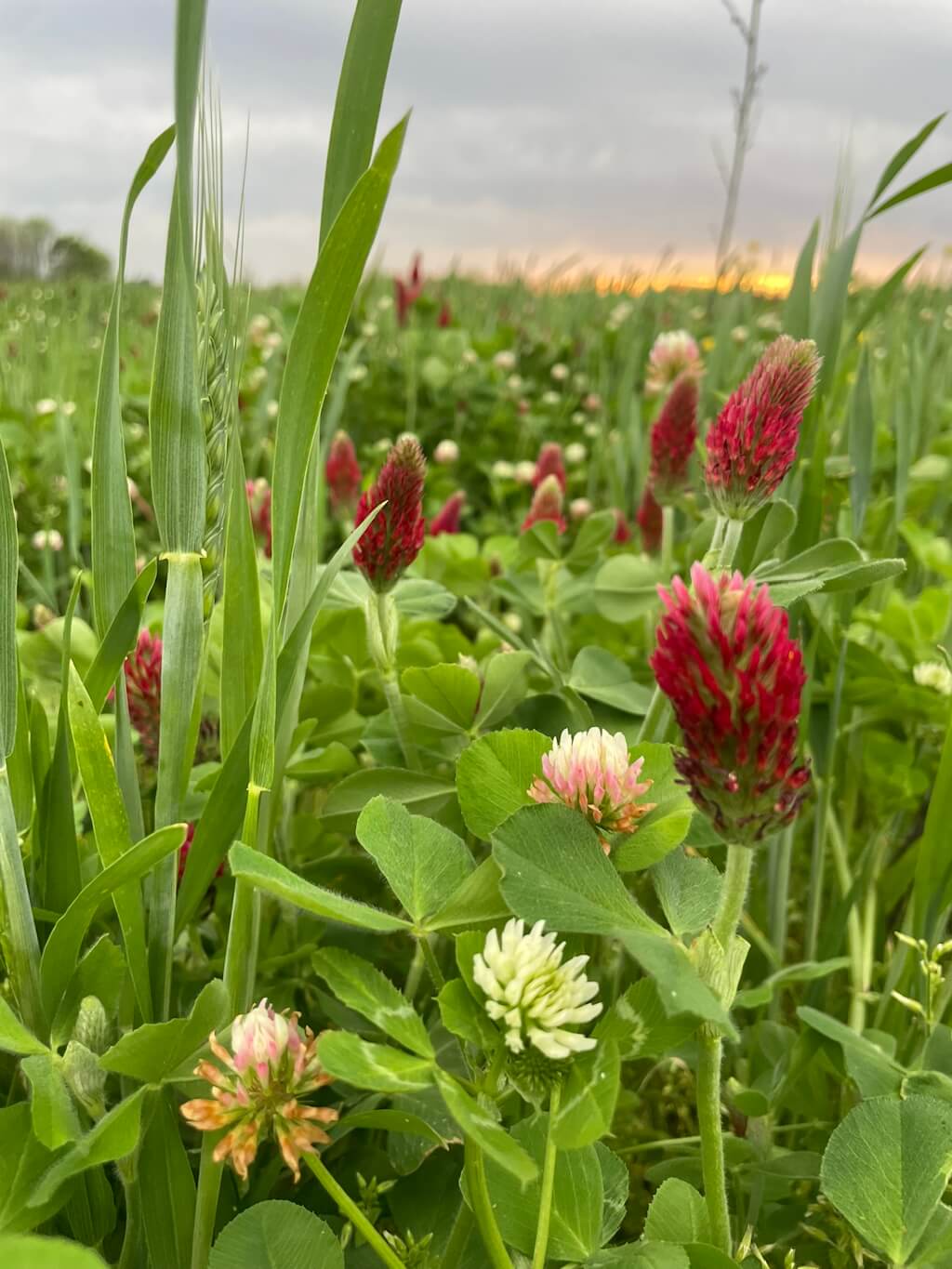
The Secret to a Buzzing, Beautiful Garden: Why Clover is the Best Plant for Bees & Pollinators
Share
- By Tiffany Jenkins, Founder of Honey & Hatch
Why Pollinators Are Disappearing — and Why Your Garden Needs Them
Bees, butterflies, and other pollinators are vanishing at alarming rates due to pesticides, habitat loss, and climate change. But here’s the good news: your garden can become a sanctuary.
When you plant the right flowers — like our premium Beekeeper’s Blossom Clover Mix — you not only create a vibrant, beautiful yard but also help save essential pollinators that keep our ecosystems alive.
What Flowers Do Bees & Pollinators Love Most?
If you’re wondering what to plant to attract bees, butterflies, and other pollinators, here are the top choices:
- Clover (Berseem, Balansa, Crimson and Persian) - #1 nectar and pollen source
- Native wildflowers like coneflower, goldenrod, black-eyed Susan
- Herbs such as lavender, thyme, borage, and mint
- Flowering trees and shrubs like serviceberry, crabapple, and lilac
Why clover?
Clover blooms early and long, offering food when other plants don’t. It improves your soil naturally, stays green, and creates a lush groundcover that outcompetes weeds — all while feeding bees!
How to Plant a Pollinator-Friendly Clover Patch
Here’s how you can turn your lawn, border, or garden bed into a thriving pollinator paradise with Beekeeper’s Blossom:
Step-by-step:
- Choose a sunny or partly sunny area.
- Remove weeds and loosen the top inch of soil.
- Scatter Beekeeper’s Blossom Clover Mix evenly.
- Gently rake in the seed (shallow depth).
- Keep the area moist until seedlings establish.
See our Planting Map for further details about your prime planting time.
Common Questions Gardeners Ask About Clover & Pollinators
Why is clover better than grass for bees?
Grass has no nectar or pollen and requires constant mowing & chemicals. Clover produces food for pollinators, stays green with less water, and improves soil.
Will clover take over my garden?
No — it’s easy to manage, grows where you plant it, and blends beautifully into your landscape.
When should I plant clover?
Early spring or fall are ideal, but you can sow in summer if you keep it watered.
How much seed do I need?
11 oz. of Beekeeper’s Blossom will cover 2,000 sq ft.
What kinds of bees visit clover?
Clover attracts honeybees, bumblebees, mason bees, and many native solitary bees — all critical to local biodiversity.
Why Choose Beekeeper’s Blossom?
Not all clover mixes are the same. Honey and Hatch’s Beekeeper’s Blossom features improved, premium varieties selected specifically for:
- High nectar production
- Long bloom time
- Cold and heat tolerance
- Soil enrichment
Plus, it’s grown and blended with sustainability in mind — because we care about the same things you do.
Your Garden Can Make a Difference
Every yard planted with pollinator-friendly clover brings us closer to saving the bees and restoring balance to our environment — while giving you a lush, gorgeous garden to enjoy. Sometimes it may feel like a lack of space can keep us from really making a difference for the bees and all pollinators, but that simply isn’t true. Every garden, no matter where it is planted or how it is planted makes a difference.
Discover how Honey and Hatch’s Beekeeper’s Blossom Clover Mix helps you grow a beautiful garden while feeding bees, butterflies, and improving your soil.
